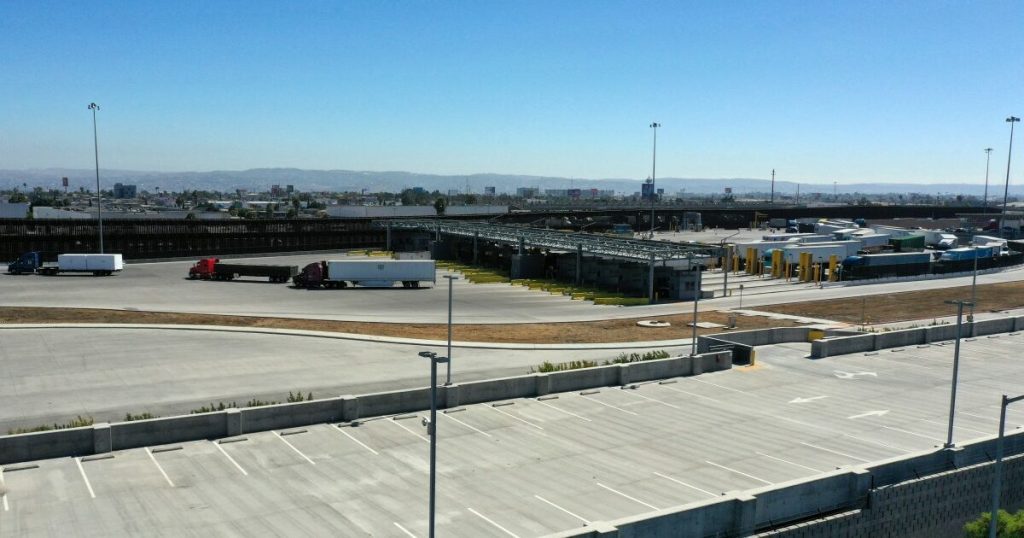President Donald Trump’s imposition of new tariffs on nearly 70 countries, including a significant 35% tariff on Canada, marked a dramatic escalation in his trade policy designed to reshape global commerce in favor of the US economy. This move, while presented as a means to bolster US exporters and domestic manufacturing by curbing imports, sparked immediate concerns about potential inflationary pressures and wider economic repercussions for the global economy. The tariffs, ranging from 20% to 41% and representing a substantial increase from the initial 10% levied in April, were justified by the administration as a response to unfair trade practices by other nations. An additional 40% tariff was threatened on goods “transshipped” through third countries to circumvent US duties, signaling a determined effort to enforce the new trade regime. The implementation date for most countries was pushed back by a week, providing a narrow window for further negotiations and potentially mitigating the immediate impact.
Canada became a focal point of Trump’s tariff offensive, facing an immediate increase to 35% on certain goods, ostensibly linked to Prime Minister Mark Carney’s stated intention to recognize a Palestinian state at the UN. While Mexico received a 90-day reprieve from a threatened tariff increase, following discussions between Trump and Mexican President Claudia Sheinbaum, both Canada and Mexico operate under distinct tariff arrangements with the US, with some exemptions carved out under the North American trade pact. The efficacy of existing bilateral trade agreements, including those with the EU and Japan, was cast into doubt as the broader ramifications of Trump’s protectionist strategy remained unclear. Experts like Wendy Cutler of the Asia Society Policy Institute observed that Trump’s actions were fundamentally altering the post-World War II international trade framework, raising questions about the ability of other nations to maintain the existing system without US participation.
The tariff increases followed a period of intense negotiations and delays, punctuated by announcements of new duties and trade deals with various partners. Trump, a staunch advocate of protectionist policies, framed the tariffs as essential for US economic survival, arguing that without them, the country had “no chance of survival or success.” However, his use of emergency economic powers to implement these measures faced legal challenges, with the US Court of Appeals hearing arguments against the blanket tariffs targeting different countries. Economists cautioned that while the tariffs might generate a temporary boost in customs revenues, they carried the risk of fueling inflation, a concern compounded by ongoing debates about the potential for long-term inflationary effects.
Amidst the escalating trade tensions, several countries, including Vietnam, Japan, Indonesia, the Philippines, South Korea, and the European Union, secured agreements with the US to avoid the steeper tariffs. Taiwan, while facing a revised tariff of 20% down from 32%, pledged to negotiate for further reductions. Countries like Switzerland saw their tariff rate rise to 39%, while Cambodia and Thailand received relatively lower rates of 19%, averting the initially threatened higher levels. Even the UK, which was not originally targeted, reached a trade pact with the United States.
A notable exception to the immediate tariff increases was China, facing an August 12th deadline for potential reinstatement of higher duties. The ongoing trade dispute between the two economic giants, marked by tit-for-tat tariffs reaching triple digits, had seen a temporary truce with lowered duties, and both sides were working to extend this fragile agreement. This temporary reprieve reflected the complexity and high stakes of the US-China trade relationship, recognizing the potential for significant economic disruption on both sides.
The overarching narrative of Trump’s trade policy revolves around a protectionist agenda aimed at revitalizing domestic manufacturing and reducing the US trade deficit. This approach, while generating short-term gains for certain sectors and bolstering customs revenue, presented significant risks of wider economic instability, including inflation, retaliatory tariffs from trading partners, and disruptions to global supply chains. The legal challenges to Trump’s emergency powers underscored the controversial nature of his actions, adding further uncertainty to the already volatile trade landscape. The differing outcomes for various countries highlighted the complex web of negotiations and strategic considerations at play, with some nations successfully negotiating reduced tariffs while others faced the full force of the new trade measures. The evolving situation with China, marked by periods of escalation and temporary truces, underscored the delicate balance and significant economic implications of the trade relationship between the world’s two largest economies.


